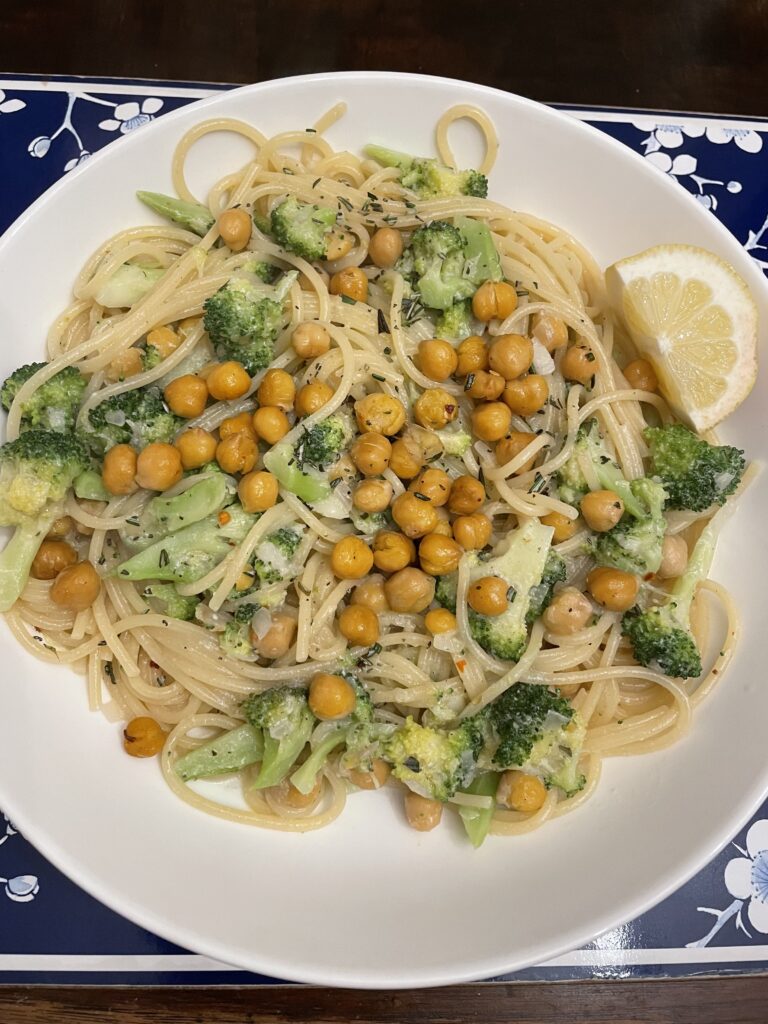by Priscilla Feral, President of FoA
On Dec. 24, The New York Times ran a story on the groundwater crisis being fueled by American consumers’ appetite for chicken and cheese. In states like Arkansas and Idaho, farmers have drained groundwater to grow soybeans to feed chickens and alfalfa to feed dairy cows.
If that’s not enough to prompt a dietary shift away from chicken, three months earlier, The New York Times Magazine featured a startling article, “The Kids on the Night Shift”—an expose about migrant children, some as young as 13, working the nightshift to clean Tyson Foods and Perdue Farms slaughterhouses in eight states. This horror and crime prompted the U.S. Labor Department to investigate the companies—two of the largest poultry producers in the nation.

We already know that we create unspeakable misery wherever animals are considered our food. So, these stories make it even more mindboggling that last year, the average U.S. resident ate 100 lbs. of chicken—twice the amount 40 years ago. That was before they developed an appetite for skinless, boneless, nugget-size chicken, which requires more processing steps and more workers.
It’s disgraceful that Chick-fil-A is the third-largest restaurant chain in the U.S. by sales—and the company that everyone in the restaurant industry is looking to beat.
The record demand for chicken consumption is likely tied to the protein mania that started a little over a decade ago. “When the Box Says ‘Protein,’ Shoppers Say ‘I’ll take it’” was the headline of a 2013 article in the Wall Street Journal. And food companies continue to cash in on it. Not to mention chefs on cooking shows typically market fish, poultry and meat by calling it “protein,” which is also a euphemism removing any sting associated with killing animals.
The problem is these chefs and food companies are perpetuating a tunnel-visioned conception of what protein is. They’re disregarding the merit of vegetable protein. Rest assured; you can meet your protein needs with plant-based foods alone.
Vegetable proteins such as lentils and peas tend to be regarded as “low-quality” compared with meat, eggs and dairy. But Christopher Gardner, a professor of medicine and nutrition scientist at Stanford University, has argued that this “quality” argument is misleading. His great discovery was that all plant sources of protein—from peanuts to edamame beans—contain all essential amino acids. “A lot of people think that plants don’t have enough total protein to meet human requirements. But the truth is…vegans usually meet and exceed their protein requirement as long as they’re eating a reasonable variety of foods,” he said. “But there are other things to consider: Animal foods don’t have fiber, and plant foods generally don’t have saturated fat. In this sense, it’s actually more beneficial to choose plant foods over animal foods.”
People typically consume about 100 grams of protein a day—far more than needed. Do know the Recommended Dietary Allowance (RDA) for protein is a modest 7 grams of protein for every 20 lbs. of your weight.
And you can feel good knowing plant-based proteins are better for the environment. Meat production generates a fifth of the world’s greenhouse gases, outpacing transportation, according to the United Nation’s Food and Agriculture Organization. Plus, nuts, beans and whole grains are associated with a lower risk of heart disease and Type 2 diabetes.
If you’re looking for a New Year’s resolution that embraces humanity, animals and the environment, not eating meat and animal products accomplishes all three. There is so much at stake and so many lives that hang in the balance.
Below is a brief guide to protein-rich, plant-based food. Warm wishes for a productive, healthy, New Year.
2 tablespoons of peanut butter has 8 grams of protein
2 slices of whole wheat bread has 8 grams of protein
½ cup of cooked lentils has 9 grams of protein
½ cup of firm, cooked, grilled tofu has 21.8 grams of protein
1 cup of spaghetti is 8 grams of protein
1 cup of tempeh has 31 grams of protein
1 cup of chickpeas has 14.5 grams of protein
5.3 oz Kite Hill Protein Almond milk yogurt has 10 grams of protein
¼ cup of almonds has 7.6 grams of protein
1 cup of soymilk, plain has 7 grams of protein
½ cup of cooked black beans has 7.6 grams of protein
½ cup of cooked pinto beans has 7.7 grams of protein
1 cup of cooked quinoa has 8 grams of protein

